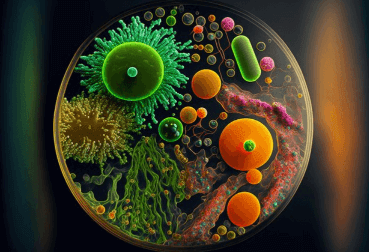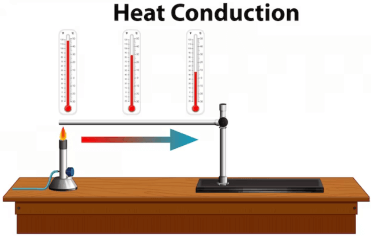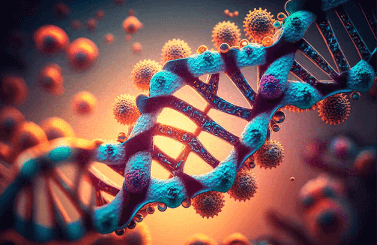Question
a.
Countercurrent
b.
Concurrent
c.
Rapid flow
d.
Slow flow
Posted under Dairy Engineering
Interact with the Community - Share Your Thoughts
Uncertain About the Answer? Seek Clarification Here.
Understand the Explanation? Include it Here.
Q. The temperature difference between the two liquids is best utilized if they flow in opposite directions through the heat exchanger. This type of flow is called ________
Similar Questions
Explore Relevant Multiple Choice Questions (MCQs)
Q. ______________ tells how much heat passes through 1 m² of the partition per 1°C of differential temperature.
View solution
Q. Which among the following surface promote heat transfer?
View solution
Q. _______ Heat exchanger is needed for cream than for milk, if capacities and temperature programs are identical.
View solution
Q. Which of the following material is used for heat transfer in the dairy industry?
View solution
Q. The rate of buildup of fouling does not depend on which of the following?
View solution
Q. What is the method of using the heat of a hot liquid, such as pasteurized milk, to preheat cold incoming milk?
View solution
Q. Zigzag tube in heat treatment is used for which purpose?
View solution
Q. Which heat exchanger used for heating and cooling viscous, sticky and lumpy products?
View solution
Q. PHE (Plate Heat Exchanger) is more efficient in terms of heat transfer than THE (Tubular Heat Exchanger).
View solution
Q. Which of the following is/are the category of Tubular Heat exchanger?
View solution
Q. Heat exchanger characterized by pack of stainless steel in a frame is ________
View solution
Q. Scraped Heat exchanger has a ______ design.
View solution
Q. Plate heat exchanger was patented in which year?
View solution
Q. The unwanted buildup of material on a surface is called?
View solution
Q. Heat must be supplied to a substance in order to increase its temperature by 1°C is called?
View solution
Q. After centrifugation when sublimate settles, clear liquid _____________
View solution
Q. After centrifugation, sublimate ______
View solution
Q. Which of the following is an effective way of purifying liquids containing suspensions?
View solution
Q. Fine insoluble solid particles can be removed through which of the following process?
View solution
Q. Process quicker than filtration but not so effective is __________
View solution
Recommended Subjects
Are you eager to expand your knowledge beyond Dairy Engineering? We've handpicked a range of related categories that you might find intriguing.
Click on the categories below to discover a wealth of MCQs and enrich your understanding of various subjects. Happy exploring!








